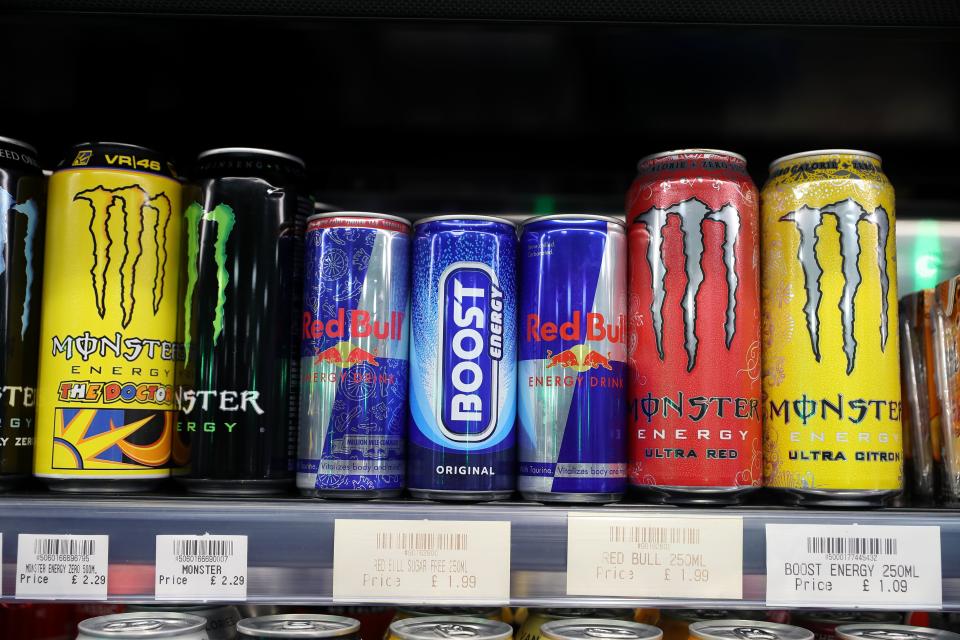Why Tiger Woods's Masters win will do nothing for Monster Beverage
Even the mighty 2019 Masters champion Tiger Woods may not be able to help his sponsor Monster Beverage’s (MNST) bottom line in 2019.
The energy drink maker known for its highly caffeinated cans of sweet fizz is under intense competition right now from upstart brands, according to several Wall Street firms. The most prominent brand is Bang, a new energy drink being promoted for workout enthusiasts. Unlike Monster Energy, the blend boasts creatine and several other vitamins designed to power-up one’s bench press.
Or so suggests the drink’s marketing.
Bang racked up an impressive $315 million in sales in 2018, up 650% from the prior year, according to data from investment bank Macquarie. Other new brands also took swipe last year at the prominent market share held by Monster and long-time rival Red Bull.
Sales of energy drink Celsius (also targeted to workout fans) tallied $52 million last year, while UpTime pulled in $22 million.
Monster’s once explosive sales growth subsequently slowed in 2018 — sales rose 12% year-over-year to $3.8 billion. Operating profit margins dropped to 33.7% from 35.6% as Monster was forced to be more competitive with its prices to drum up sales.

Monster Beverage under pressure
Monster’s stock has dropped 5.1% in the past year, badly lagging a 8.5% gain for the S&P 500. More recently, Monster’s stock has been pressured by distribution partner (and major investor with a 16.7% stake) Coca-Cola (KO) releasing its first branded energy drink in the U.S.
In other words, more competition for Monster — from an industry behemoth. Monster has reportedly responded to the multiple new threats by raising prices to offset pressured volume.
Time will tell if that one works.
“While we haven’t seen signs of Monster losing cold box space (Coca-Cola distribution partners have strong relationships with retailers), we believe the combination of all these growing brands will have a long-term negative impact,” said Macquarie analyst Caroline Levy. “Monster’s excellent innovation track record suggests it will return to deliver mid-single digit growth, but we think it is unlikely to recover to high-single digit gain in the U.S., in recent years boosted by the roll-out into the Coca-Cola system.”
Levy’s cautiousness on Monster is shared on Wall Street. “We think the risks are increasing for Monster from multiple vantage points,” contended long-time beverage analyst Bonnie Herzog at Wells Fargo. Similar to Stein, Herzog is concerned about Monster’s competition position amid numerous new fast-growing rivals in the energy drink space.
Tiger Effect on Monster
But hey, at least Woods’s win gave Monster some visibility.
Woods’s amplified final round attention at this year’s Masters gave Monster $958,833 in brand exposure, according to Apex Marketing. That was second behind Nike’s $22.5 million worth of exposure.
Monster signed Woods as a brand spokesperson in December 2016. The trademark green Monster logo is plastered all over the Woods golf bag.
Unfortunately, Tiger fever is unlikely to send people to 7-Eleven for a large can of Monster — but maybe they’ll reach for a can of Bang.
Brian Sozzi is an editor-at-large at Yahoo Finance. Follow him on Twitter @BrianSozzi
Watch more:

 Yahoo Finance
Yahoo Finance 